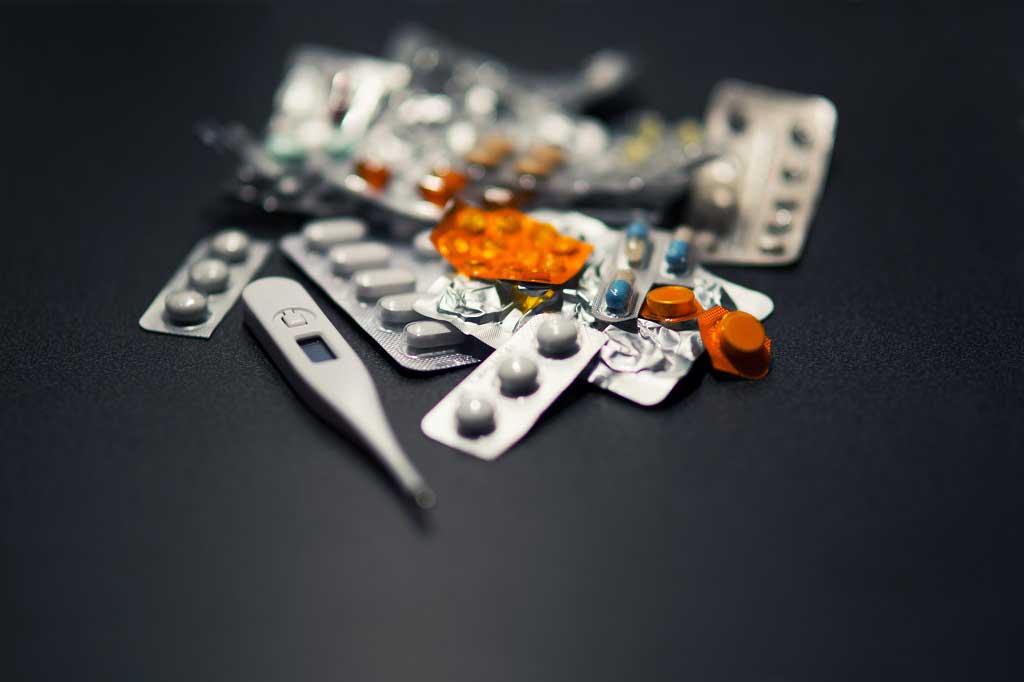New clues to fighting baby muscle disease?
Genetics and stem cells
“It could be possible to reverse the muscle damage seen in children with a form of motor neurone disease,” according to BBC News. The condition in question - spinal muscular atrophy (SMA)...
“It could be possible to reverse the muscle damage seen in children with a form of motor neurone disease,” according to BBC News. The condition in question – spinal muscular atrophy (SMA) – causes deterioration of specific nerves and muscles in the body, and is sometimes known as ‘floppy baby syndrome’ due to the weakness it creates in the limbs. The condition reportedly affects 1 in 6,000 babies, with around half of children with the most severe form of this disease dying before the age of two.
Research has already established that the condition affects the nerves, and it has previously been thought that the muscles waste mainly as a result of this nerve damage. However, this news is based on an experiment in mice that suggests the muscles start to undergo changes even before the nerves deteriorate. Crucially, some of these changes could be reversed using a drug called SAHA, which has also been found to increase lifespan in SMA mice in a previous study.
The drug SAHA is already approved by the US Food and Drug Administration for use in a very specific form of cancer. The fact that this drug has already been tried in humans for another condition may make it easier to test in people with SMA. Trials will still need to be carried out before we can say whether this drug is effective and safe in humans. Drug treatments for this condition would be valuable, as there is currently no cure.
Where did the story come from?
BBC News’ coverage referred to two related papers from the same group of researchers based primarily at the University of Edinburgh. One of these research papers looked at the effect of using drugs called HDAC inhibitors on a mouse model of SMA, while the other paper focused only on the biology of a mouse model of SMA, but did not assess the effects of any treatments. This Behind the Headlines appraisal focuses on the former of these papers as online news reports tended to focus on the possibility of developing new treatments.
This HDAC inhibitor study was carried out by researchers from the University of Edinburgh, and other research centres in the UK and Germany. It was funded by SMA Trust, BDF Newlife, the Anatomical Society and Germany’s DFG research fund.
The study was published in the peer-reviewed medical journal Human Molecular Genetics.
The report from BBC News gives a very brief summary of the two studies, and provides more information about the condition SMA itself. It does report the fact that the treatment study was in mice.
What kind of research was this?
Spinal muscular atrophy (SMA) is a form of motor neurone disease that is caused by mutations in the SMN1 gene, leading to degeneration of a type of nerve cell found in the spinal cord. These nerve cells, called motor neurones, normally carry messages from the brain to the muscles. In SMA, motor neurone degeneration causes progressive weakness of the limbs and trunk, followed by muscle wasting. About 1 in 6,000 to 1 in 10,000 babies are thought to be affected. Some forms of SMA typically lead to death in the first few years of life, and the condition is reportedly among the most common genetic causes of infant death. Other forms become apparent later in life and are less severe.
SMA is an ‘autosomal recessive’ disease, meaning that it only becomes apparent if an individual has two copies of a faulty gene, one inherited from each parent. People with only one faulty copy of the gene will not have the condition but are known as carriers, and can have a child with the condition if their partner is also a carrier. People with the condition have low levels of a protein called SMN.
This was animal research that looked at the changes that occur in the muscles of a mouse model of spinal muscular atrophy (SMA). It also looked at whether the changes could be reversed by a specific type of drug called a histone deacetylase (HDAC) inhibitor.
The researchers say that, thus far, most research has looked at how this disease affects the nerves that send messages to the muscles, rather than the muscles themselves. They wanted to look at the effect of the disease on the muscle in mouse models of SMA.
Animal models are very useful for studying aspects of the biology of human diseases that would be hard to study in humans. They are also essential for the initial testing of drugs that might be useful for treating human conditions, to make sure they are safe and effective enough to test in humans. These animal tests should be seen as only the first of many stages, as drugs that show promise in these tests are not always effective or safe in humans, due to differences between the species.
What did the research involve?
In their first set of experiments the researchers used a mouse model of SMA that causes a severe form of the condition.
In SMA the nerves that send signals to the muscles break down, and this then leads to loss of muscle fibres. The researchers looked specifically at one muscle that does not lose its nerve signals early in the disease, so they could see whether any changes in the muscle happen independently of the problems with the nerves.
The researchers looked at what changes happened to the proteins in this muscle before the mice developed any symptoms. They found that the proteins that were affected related to cell death, so they then looked at whether there were signs that more cells were dying in muscles of SMA mice than in muscles of normal mice. They also looked at whether some of the protein changes seen in mice were also seen in samples of muscle taken from human SMA patients.
Previous research has suggested that chemicals called HDAC inhibitors can increase levels of the SMN protein in mouse models of SMA, and reduce muscle loss. Based on this the researchers decided to test whether HDAC inhibitors directly affected the muscle. These experiments used a different mouse model that causes a less severe form of the condition. They say that this model is better for testing the effects of potential treatments for the disease because the mice live slightly longer.
The mice were given an HDAC inhibitor called suberoylanilide hydroxamic acid (SAHA) orally from birth. Control mice were given no SAHA. The researchers looked at the effect of this treatment on the levels of the different proteins in the muscles that are affected by SMA. SAHA (Vorinostat) is approved by the US Food and Drug Administration for use as a treatment for a specific type of cancer in humans.
What were the basic results?
The researchers found that the muscle from pre-symptomatic SMA mice showed differences in the levels of a number of proteins compared with normal mice. This was despite the fact that the nerves sending messages to the muscle were not yet affected. This finding suggests that the condition starts to affect the muscle even before any deterioration occurs as a result of changes in the nerves.
Many of the proteins affected by the condition were found to be involved in muscle function or cell death. The researchers found that there were also other signs of increased cell death in the muscle of SMA mice compared with normal mice.
The researchers then examined human SMA muscle to look at two proteins found at abnormal levels in SMA mouse tissue: one protein called Vdac2 that was found at higher levels in the SMA mouse muscle and one protein called parvalbumin that was found at lower levels in the SMA mouse muscle. They found that levels of these two proteins were similarly affected in human SMA muscle tissue.
Treating SMA mice with the HDAC inhibitor drug SAHA from birth increased levels of SMN protein in their muscle. SAHA treatment also reversed the changes seen in the levels of the proteins Vdac2 and parvalbumin, although the levels of parvalbumin were still not quite as high as in normal muscle. SAHA treatment also reduced the levels of a protein called H2AX, which is involved in cell death and which was significantly raised in SMA mice.
How did the researchers interpret the results?
The researchers concluded that the molecular effects of SMA on muscle in mice were improved by the existing FDA-approved drug SAHA. They say that their study showed that abnormalities in skeletal muscle tissue proteins are an important and potentially reversible part of SMA.
Conclusion
This study has shown that in mouse models of spinal muscular atrophy (SMA), before problems develop in the nerves that send messages to the muscles, the muscles themselves have abnormal levels of certain proteins. Human SMA muscle tissue was also found to have some of these abnormalities. Notably, the researchers also showed that, in mice, some of these abnormalities could be reversed using a drug called SAHA, which belongs to a group of drugs called the HDAC inhibitors.
Previous studies have suggested that SAHA treatment increased the lifespan of mice with SMA. The current study did not look at the effect of this drug on symptoms or lifespan in these mice, just at its effect on particular proteins within the muscle.
The drug SAHA is already approved by the US Food and Drug Administration for use in a very specific form of cancer (cutaneous manifestations of cutaneous T-cell lymphoma). The drug does not appear to have been approved for use in Europe for this type of cancer or for other conditions. The fact that this drug has already been tried in humans for another condition may make it easier to test this drug in people with SMA. Such trials will need to be carried out before we can say whether this drug is effective and safe for the treatment of SMA. New treatments for this condition would be valuable, as there is currently no cure.






 Subscribe
Subscribe Ask the doctor
Ask the doctor Rate this article
Rate this article Find products
Find products







